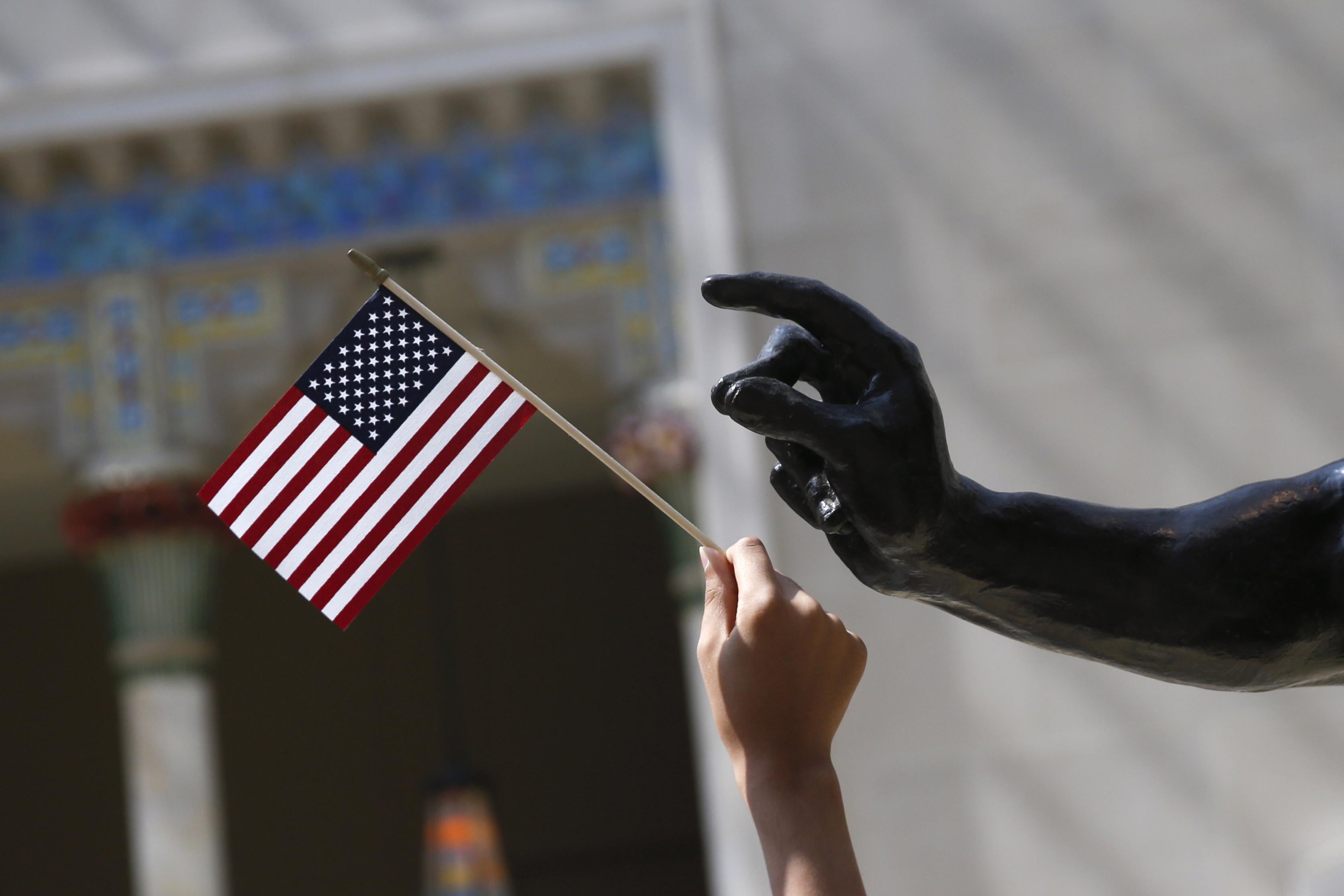Many of the Central American minors currently attempting to emigrate to the United States are seeking residence through asylum, arguing that they are threatened by gang violence in their home countries. This wave of claims inspired the the New Republic to find the data on United States asylum admissions by country. And it turns out that Central America, over the past decade, has actually produced relatively few such cases:
Between 2003-2012, the U.S. granted asylum to more than 250,000 people from more than 100 countries, according to the most recent data available from the Department of Homeland Security. Less than 4 percent came from Honduras, El Salvador, and Guatemala combined, while more than a quarter came from China.
(Colombia is another major source of asylum admissions—more than 21,000 in the period covered, a higher proportion of that country’s population than the 64,000-plus admitted from China.)
The problem for Central American asylum seekers is that the system, per the federal government’s definition, protects those who “have been persecuted or fear they will be persecuted on account of race, religion, nationality, and/or membership in a particular social group or political opinion.” The generalized threat of gang violence or gang recruitment is not always recognized as persecuction. “In FY 2012, immigration courts granted asylum at rates of 6% to Salvadoran applicants, 7% to Guatemalan, 7% to Honduran, and 1% to Mexican applications,” one report on the subject notes.
The solution, for some immigrants, is to apply for asylum and then disappear into the “underground” while waiting for a hearing. But that’s a loophole that some politicians are looking to close.
